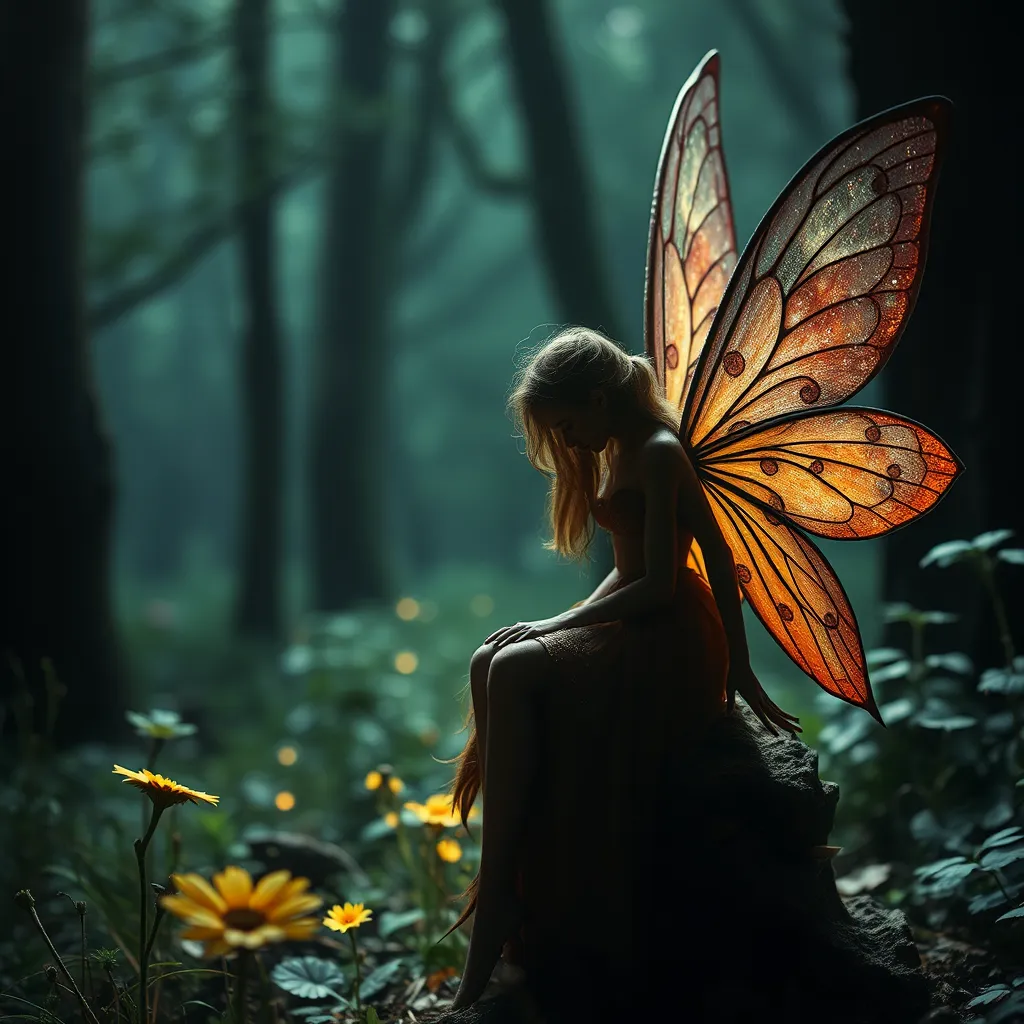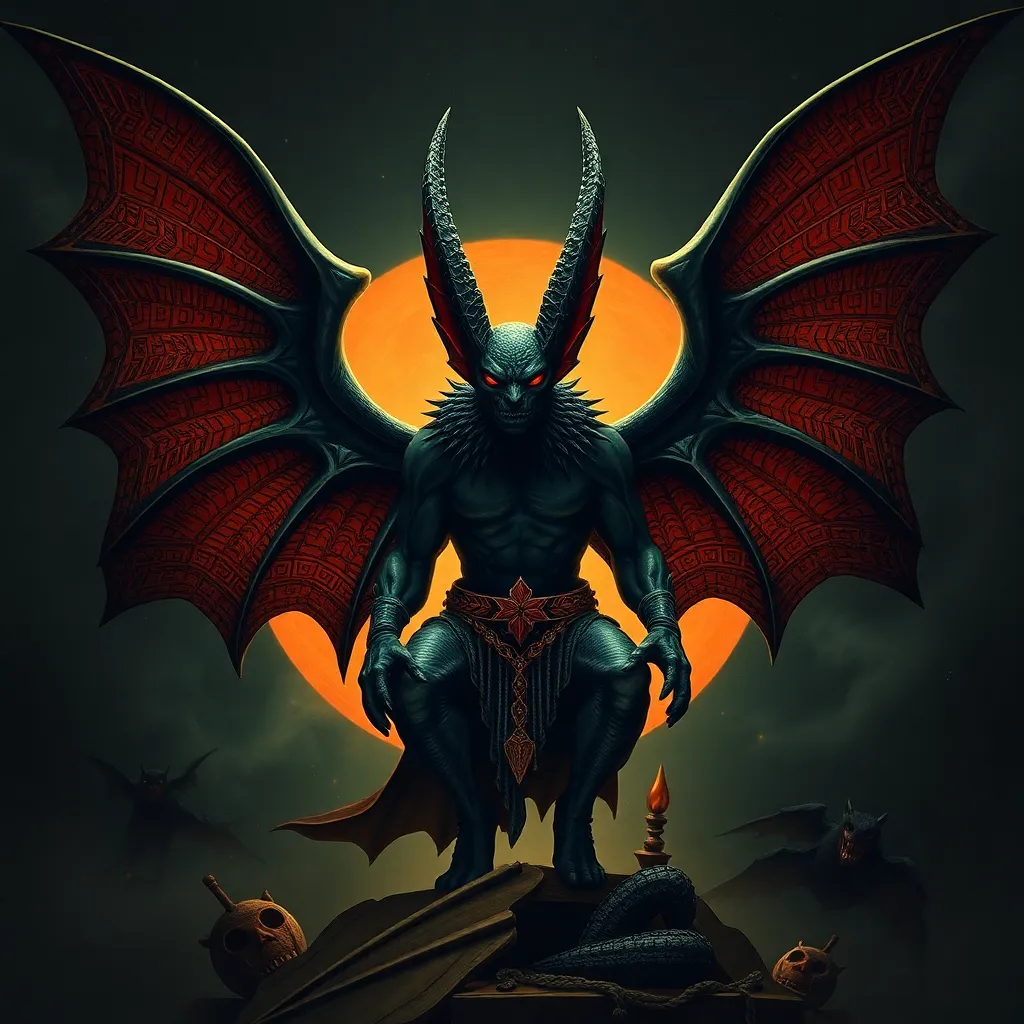The Hidden World of Fairies: Folklore, Mythology, and the Power of Belief
I. Introduction
Fairies, often depicted as enchanting beings with magical powers, have captured the imagination of cultures across the globe. Their definition varies from one culture to another, but they are generally viewed as supernatural entities that can possess both benevolent and malevolent traits. This article aims to explore the rich tapestry of fairy folklore, delving into its historical context, cultural variations, and the enduring fascination that fairies hold in contemporary society.
The significance of this exploration lies in understanding how fairy tales and beliefs shape our perceptions of nature, morality, and the unknown. As we navigate through the ages, the allure of fairies continues to thrive, reflecting our deep-seated desire for connection with the mystical world.
II. Historical Context of Fairy Folklore
The origins of fairy tales can be traced back to ancient cultures, where stories of magical beings served various purposes, from entertainment to moral lessons. Early records suggest that fairy-like beings were part of oral traditions, passed down through generations. These tales often featured supernatural events and beings that interacted with humans, blurring the lines between reality and fantasy.
As time progressed, fairy mythology evolved significantly. The Renaissance period saw a resurgence of interest in folklore, leading to the documentation of fairy tales in written form. Notable texts, such as the works of the Brothers Grimm and Charles Perrault, played a crucial role in popularizing fairy tales and cementing their place in literary tradition. Such texts often highlighted the moral lessons embedded in fairy stories, further enriching their cultural significance.
III. Types of Fairies Across Cultures
Fairies can be classified broadly into two categories: benevolent and malevolent beings. Benevolent fairies are often depicted as helpers and protectors, while malevolent fairies are seen as tricksters or harmful entities. This classification helps in understanding the diverse roles fairies play in different mythologies.
Regional variations of fairy folklore reveal fascinating differences in how cultures perceive these beings:
- European Fairies: Often portrayed as small, winged creatures, European fairies, like the Fae and the Tuatha Dé Danann from Irish mythology, embody both beauty and danger.
- Asian Fairies: In Chinese mythology, the Hsien are immortal beings associated with nature, often depicted as graceful and wise.
- African Fairies: African folklore features a variety of spirits and fairies, such as the Tokoloshe, which can be either helpful or harmful.
- Indigenous American Fairies: Native American cultures often have nature spirits that interact with humans in various ways, reflecting a deep connection with the natural world.
Notable examples of fairies include the Tuatha Dé Danann, the legendary race of supernatural beings in Irish mythology, and the Djinn from Arabian folklore, which can be both kind and malicious.
IV. The Symbolism of Fairies
Fairies often symbolize various concepts, including nature, the supernatural, and the intricate tapestry of human emotions. They serve as representations of nature’s beauty and unpredictability, embodying both the enchantment and peril of the natural world.
Additionally, fairies play a role in explaining natural phenomena. For instance, thunderstorms or crop failures were often attributed to the displeasure of fairies, reflecting humanity’s attempt to comprehend the chaotic elements of life.
Moreover, fairies symbolize human emotions and societal values. They can represent love, jealousy, and the complexities of human relationships, often serving as mirrors to our innermost feelings.
V. The Power of Belief in Fairy Lore
Believing in fairies can have profound psychological impacts. For many, the belief in fairies provides comfort, a sense of wonder, and a connection to nature. It fosters creativity and imagination, allowing individuals to envision a world beyond the mundane.
In many cultures, belief in fairies is tied to cultural identity and community bonding. Festivals celebrating fairies and folklore strengthen social ties and create a shared sense of belonging.
Modern interpretations of belief in fairies continue to be relevant today. While some view fairies as mere fantasy, others find spiritual significance in these beings, allowing them to connect with the mystical aspects of life.
VI. Fairies in Literature and Popular Culture
The portrayal of fairies in classic literature is rich and varied. From Shakespeare’s enchanting fairies in “A Midsummer Night’s Dream” to the whimsical adaptations in children’s literature, fairies have been depicted in countless ways. Their roles often reflect the cultural attitudes of the times and serve as vehicles for moral lessons.
In modern media, fairies have taken on new forms, appearing in films, books, and art. Popular franchises such as Disney’s “Peter Pan” and “Tinker Bell” have redefined the image of fairies, making them more accessible and appealing to contemporary audiences. These interpretations shape public perception, often emphasizing the playful and benevolent aspects of fairies.
VII. The Intersection of Fairies and Spirituality
Fairies have also found their place in religious and spiritual practices. In many traditions, they are viewed as intermediaries between the physical and spiritual realms. Their connection to nature worship is particularly significant, as they embody the spirit of the earth and its elements.
Modern spiritual movements, such as Wicca and various neo-pagan practices, often embrace fairy lore as part of their belief systems. Fairies are seen as guides, protectors, and manifestations of the natural world, reinforcing the importance of respecting and honoring nature.
VIII. Conclusion
In summary, the significance of fairy folklore and belief is vast, encompassing historical, cultural, and psychological dimensions. Fairies continue to impact our culture and imagination, serving as symbols of both the mystical and the natural world.
As we explore our personal beliefs and connections to the fairy realm, we are reminded of the enchanting possibilities that lie just beyond our everyday reality. The hidden world of fairies invites us to embrace wonder, creativity, and the magic of existence.



